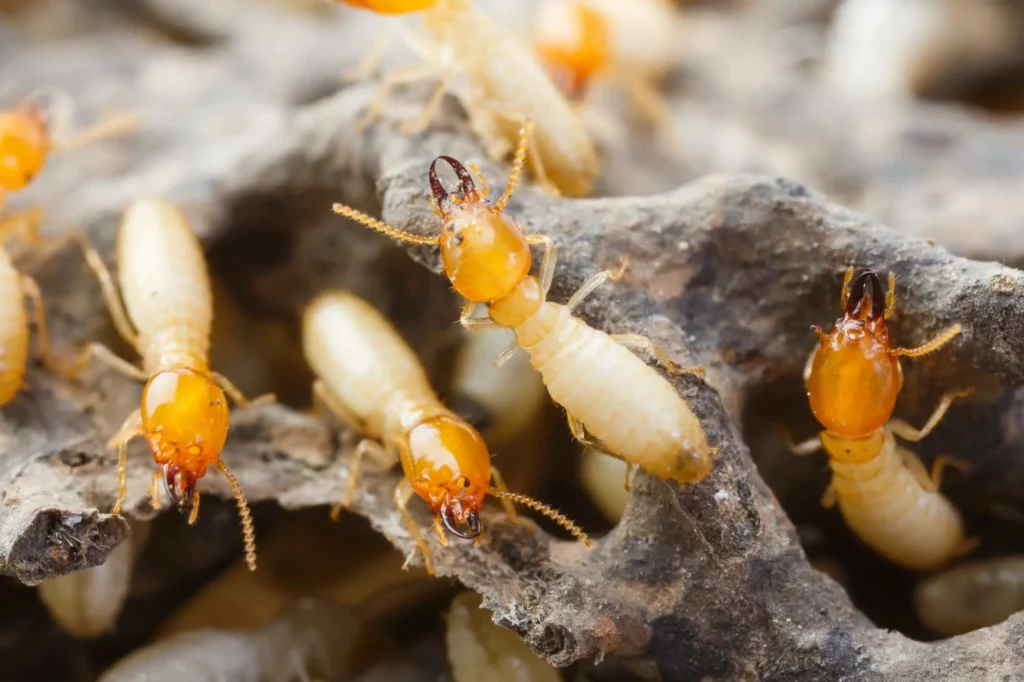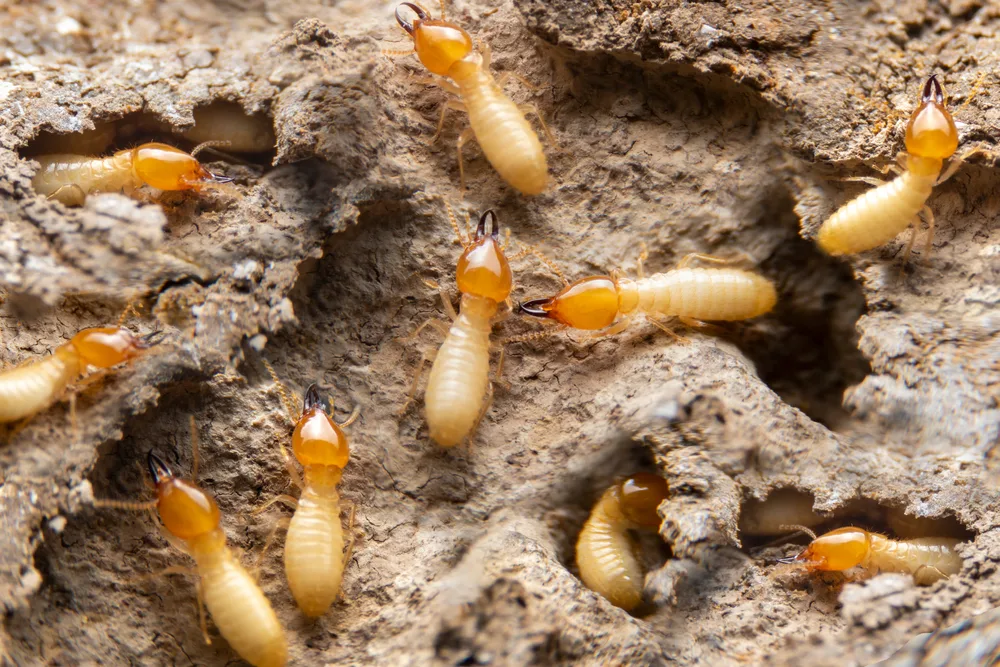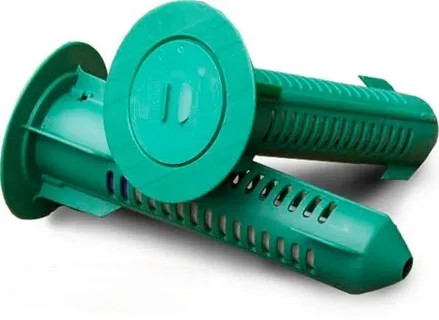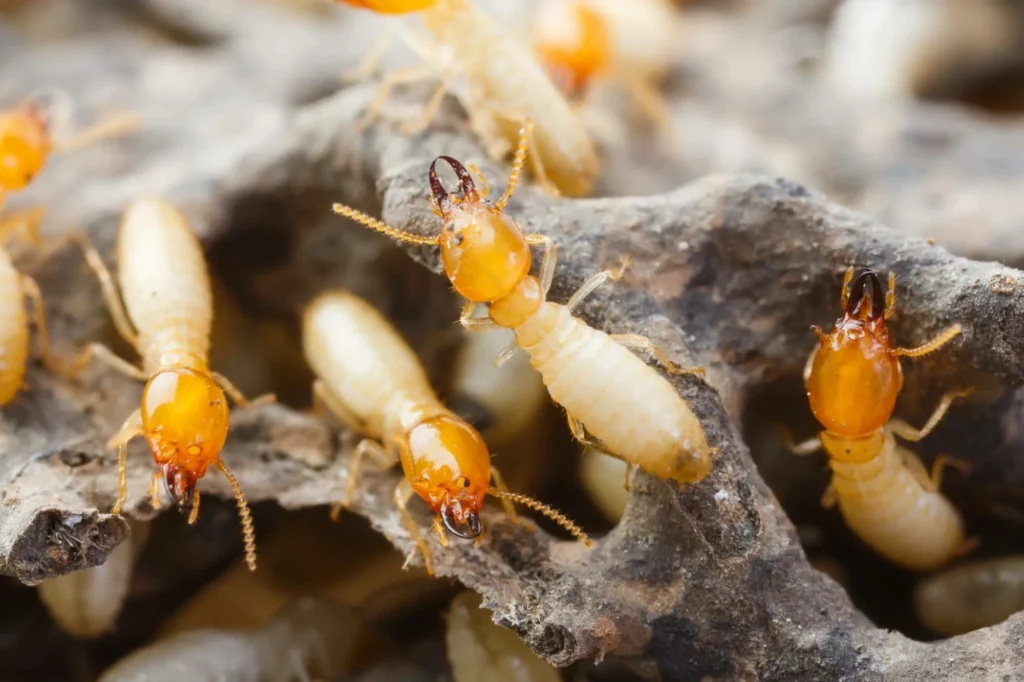Termite Pests in Australia: Protecting Your Home from White Ants
Australia is home to over 300 species of termites, with many posing a significant threat to residential and commercial properties. Commonly referred to as “white ants” due to their pale appearance and ant-like behavior, termites are a persistent pest Down Under. These wood-eating insects can cause extensive structural damage if left unchecked, making it essential for homeowners to understand the risks and solutions like termite barriers, termiticide treatments, and proactive prevention strategies. In this article, we’ll explore the dangers of termites in the house, how to detect them, and the best methods for termite treatment in Australia.
The Threat of Termites in Australian Homes
Termites thrive in Australia’s warm, humid climate, particularly in coastal regions like Queensland, New South Wales, and Western Australia. Subterranean termites, such as the destructive Coptotermes species, are among the most common culprits. These pests build mud tubes to access timber in homes, often going unnoticed until significant damage has occurred. Whether it’s termites in the home chewing through floorboards, walls, or roof supports, the financial toll can reach tens of thousands of dollars in repairs.
Unlike true ants, white ants don’t just invade—they consume. Their ability to eat through wood, paper, and even some plastics makes them a silent menace. Early detection is critical, as termites in the house can remain hidden behind walls or under floors for months or even years.

Signs of Termites in Your Home
Spotting termites in the house isn’t always straightforward, but there are telltale signs to watch for:
- Mud tubes: Pencil-sized tunnels along walls or foundations, used by subterranean termites to travel.
- Hollow-sounding timber: Tap on wooden structures; if they sound empty, termites may have eaten the interior.
- Discarded wings: After swarming, reproductive termites shed their wings, leaving them near windows or doors.
- Frass: Small piles of pellet-like droppings from drywood termites.
If you suspect termites in your home, don’t delay—contact a pest control professional immediately for an inspection.
Termite Treatment Options in Australia
Once an infestation is confirmed, effective termite treatment is essential to protect your property. Here are the most common solutions:
- Termiticide Treatment
Liquid termiticides are applied to the soil around a home’s foundation to create a termiticide barrier. This chemical zone kills termites on contact or prevents them from entering the structure. Products like bifenthrin or imidacloprid are widely used in Australia and can provide long-lasting protection when applied correctly. - Termite Barrier Systems
A termite barrier can be physical or chemical. Physical barriers, such as stainless steel mesh or crushed rock, are installed during construction to block termite entry. Chemical termiticide barriers, on the other hand, are retrofitted to existing homes and require regular maintenance to remain effective. - Baiting Systems
Termite bait stations are placed around the property to attract and poison foraging termites. Once the bait is carried back to the colony, it can eliminate the entire nest. This method is less invasive than liquid termiticide treatment and is ideal for ongoing monitoring.
Preventing Termites in the House
Prevention is always better than cure when it comes to termites in the home. Here are some practical steps Australian homeowners can take:
- Reduce moisture: Fix leaky pipes and ensure proper drainage, as termites are drawn to damp environments.
- Remove timber contact: Keep firewood, mulch, and wooden debris away from your home’s foundation.
- Regular inspections: Schedule annual termite checks with a licensed pest controller to catch infestations early.
- Install a termite barrier: For new builds, incorporating a physical or chemical termite barrier can provide peace of mind.
The Cost of Ignoring White Ants
The Australian building industry estimates that termites cause over $1 billion in damage annually. Without proper termite treatment or a termiticide barrier, a single colony can compromise a home’s structural integrity, leading to costly repairs or even rendering a property uninhabitable. Insurance rarely covers termite damage, leaving homeowners to foot the bill.
Conclusion
Termites may be small, but their impact on Australian homes is anything but. Whether you’re dealing with termites in the house, suspect white ants in your walls, or want to safeguard your property with a termite barrier, early action is key. By investing in professional termiticide treatment and regular maintenance, you can protect your home from these destructive pests. Don’t let termites in your home catch you off guard—stay vigilant and act fast to keep your property termite-free.
For more information or to schedule an inspection, consult a local pest control expert today. Your home deserves the best defense against Australia’s termite threat!
Get Quote
Blog
Termite Pests in Australia
Termite Pests in Australia: Protecting Your Home from White Ants Australia is home to over…



